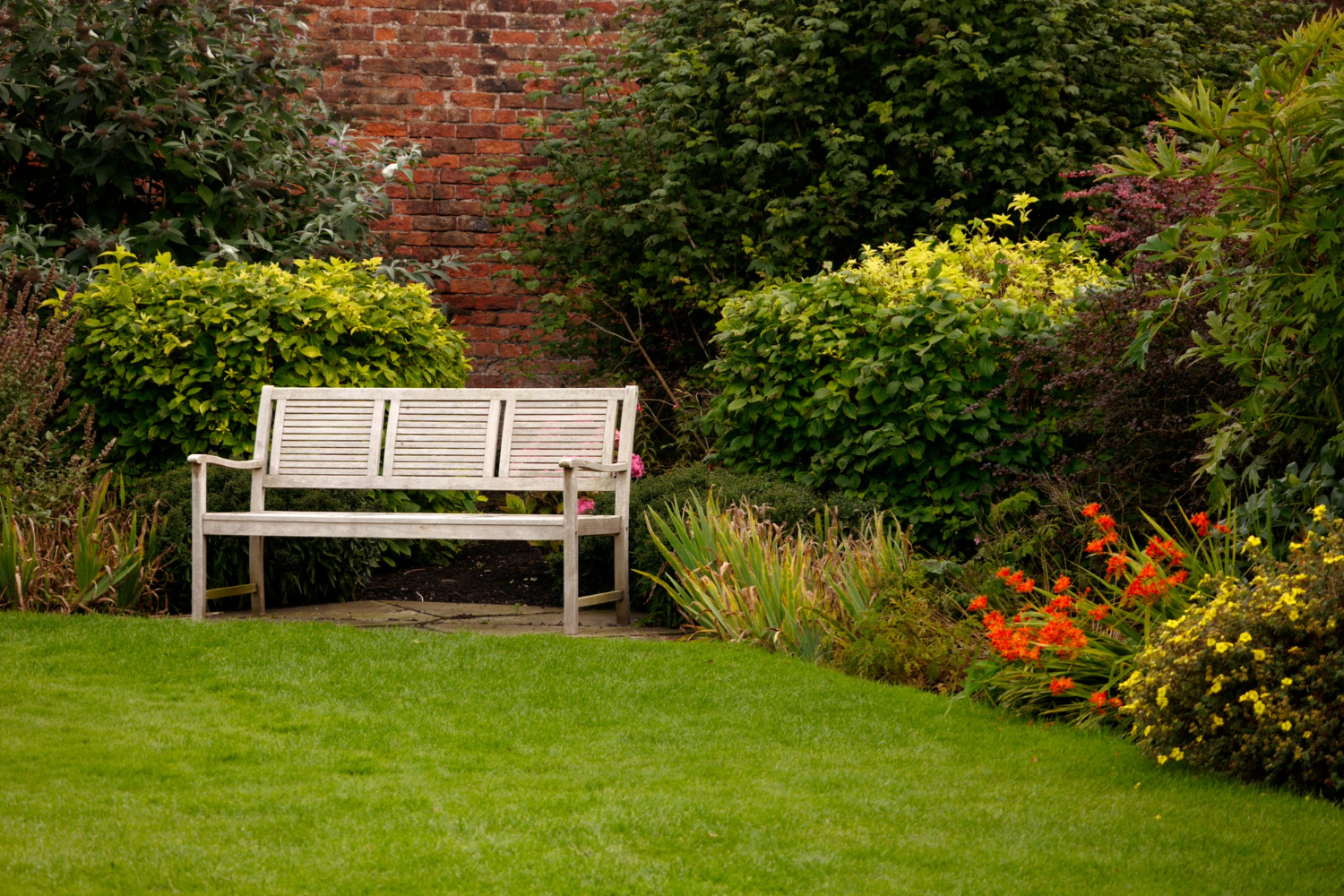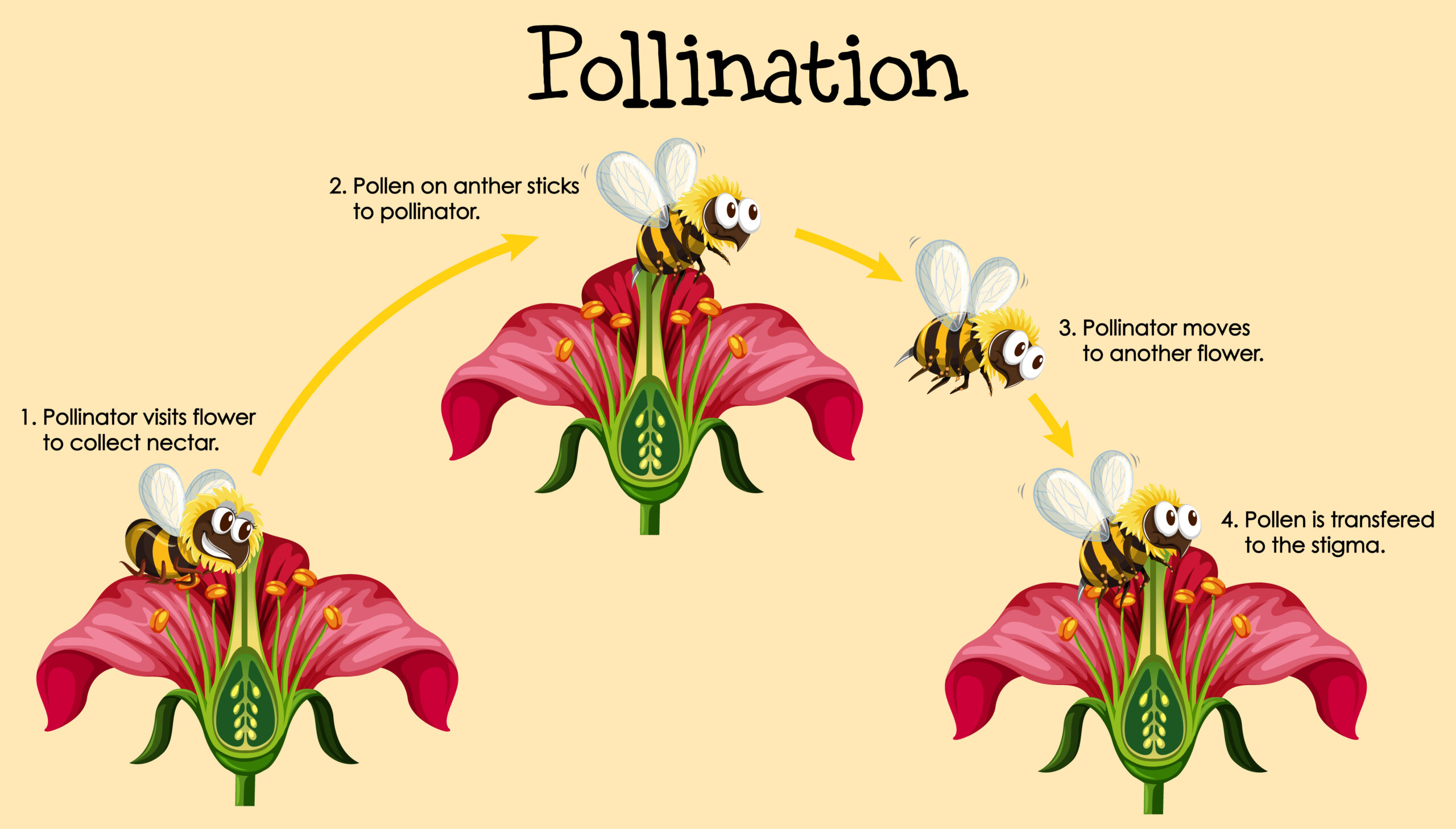Are you tired of living in a cramped apartment with no outdoor space for gardening? Do you long for the fresh air and greenery of a garden, but don’t have the luxury of a traditional plot of land? Fear not, as there is a solution to your problem: vertical gardening.
Vertical gardening is the practice of growing plants upward instead of outward, making it an ideal technique for maximizing small spaces. Not only does it allow you to grow a variety of plants in a small area, but it also adds aesthetic appeal to your living space.
In this article, we’ll explore the benefits of vertical gardening, how to choose the right plants for your space, and DIY techniques for creating your own vertical garden. Get ready to transform your cramped living quarters into a lush oasis with these practical and resourceful tips for vertical gardening.
Benefits of Vertical Gardening
You’ll love how vertical gardens improve air quality, boost your mood, and provide fresh produce at your fingertips.
One of the main benefits of vertical gardening is the efficient use of space. With a vertical garden, you can use walls, fences, and even small balconies to grow plants and vegetables. This is especially useful for those who live in urban areas where outdoor space is limited. Vertical gardening allows you to maximize your space, making it possible to grow more plants in a smaller area.
Another benefit of vertical gardening is that it can be done indoors. This is perfect for those who live in apartments or homes with limited outdoor space. Indoor vertical gardens can be created using shelves, hanging planters, or even a living wall.
Not only do indoor vertical gardens add beauty to your home, but they also improve air quality by reducing carbon dioxide levels and increasing oxygen levels. Plus, having fresh produce at your fingertips can boost your mood and improve your overall well-being.
Choosing the Right Plants for Vertical Gardening
Picking the proper flora for your green wall is like assembling a team; each plant should have a unique skillset to bring to the table.
Start by considering container options; some plants require deeper pots while others can thrive in shallow containers. Additionally, take into account sunlight requirements; some plants need full sun exposure while others do better in partial shade.
It’s also important to consider the season and climate in your area, as some plants may not survive extreme temperatures or weather conditions. When selecting plants for your vertical garden, it’s essential to choose ones that are suitable for your skill level and available resources.
For example, if you’re new to gardening or have limited space, you may want to start with low-maintenance plants like succulents or herbs. On the other hand, if you have a larger space and more experience, you can experiment with a variety of vegetables, flowers, and plants.
By taking the time to research and choose the right plants for your vertical garden, you can create a beautiful and sustainable space that will thrive for years to come.
Planning Your Vertical Garden
If you’re looking to bring some life to a blank wall or add some greenery to your outdoor space, planning a vertical garden is a creative and rewarding endeavor.
Vertical garden design is all about space optimization, so before you start planting, you need to plan your garden carefully.
The first thing you need to do is choose the right location for your garden. Consider the amount of sunlight the area receives, the accessibility of the space, and the availability of water and other resources.
Once you have identified the best location for your garden, you can start thinking about the design.
When planning your vertical garden, think about the types of plants you want to grow and the amount of space you have available.
You can use a variety of containers, such as hanging baskets, planters, and wall-mounted pots, to create a layered effect and maximize your space.
You can also use trellises or other structures to support climbing plants and create a vertical garden that is both functional and beautiful.
Don’t forget to consider the weight of your garden when choosing your containers and mounting methods, as well as the drainage and watering needs of your plants.
With a little planning and creativity, you can create a stunning vertical garden that will bring life and beauty to any space.
DIY Vertical Gardening Techniques
Looking to add some greenery to your outdoor space? DIY vertical gardens are a great option, and did you know that according to a recent study, vertical gardens can help reduce urban heat levels by up to 10 degrees Fahrenheit?
To start your DIY vertical garden, consider using DIY hanging planters. These planters can be made from repurposed household items like old coffee cans, mason jars, or even old rain gutters. Not only are these planters a great way to recycle, but they can also add a unique touch to your garden.
Next, consider using a trellis to create a vertical garden. Trellises can be made from wood, metal, or even repurposed items like old bed frames or ladders. Once you have your trellis, choose plants that will climb and grow vertically, like ivy, morning glories, or even cucumbers.
Be sure to choose plants that will do well in your climate and have enough space to grow. With a little creativity and some repurposed items, you can create a beautiful vertical garden that maximizes your small outdoor space.
Maintaining Your Vertical Garden
To keep your beautiful DIY vertical garden thriving, you’ll need to put in some effort, but don’t worry, it’s worth it to see your plants flourish and bring life to your outdoor area.
One of the most important aspects of maintaining your garden is to water your plants regularly. Vertical gardens tend to dry out faster than traditional gardens, so it’s essential to water them often. To avoid overwatering, it’s best to water your plants in the morning or late afternoon when the sun is not too hot. A good rule of thumb is to water your plants every two days, but it’s best to check the soil moisture level before watering to avoid drowning your plants.
Another crucial aspect of maintaining your vertical garden is pest control. Pests can quickly multiply and destroy your plants, so it’s essential to keep an eye out for them.
One way to keep pests at bay is by using natural pest control methods such as companion planting, which involves planting certain plants together that deter pests. You can also use organic insecticides or homemade remedies such as garlic spray or neem oil.
By keeping your plants healthy and pest-free, you can ensure that your vertical garden will continue to thrive for years to come.
Conclusion
Congratulations! You’ve successfully learned how to maximize small spaces by using vertical gardening techniques.
By utilizing the vertical space in your home, you’ve not only created a beautiful and functional garden, but you’ve also improved the air quality and reduced stress levels in your living environment.
Remember, when planning your vertical garden, choose plants that are suitable for the amount of light and humidity in your space. And by using DIY techniques such as repurposing old items or building a trellis, you’ve saved money and added a personal touch to your garden.
Maintaining your vertical garden may require some extra effort, but the rewards are worth it. With consistent care and attention, your vertical garden will flourish and bring joy to your home for years to come.
Happy gardening!









